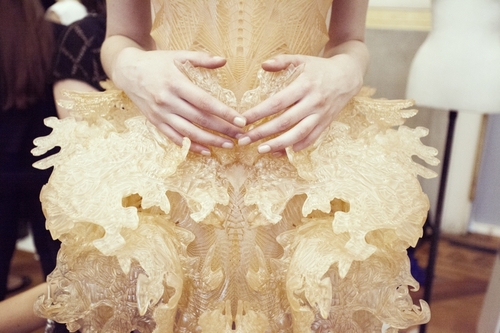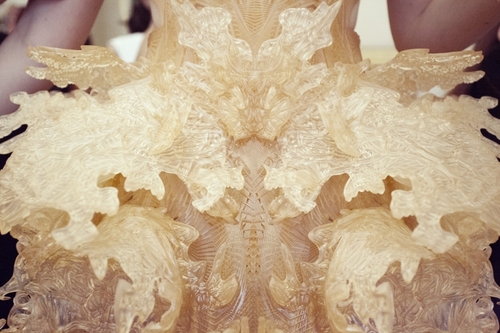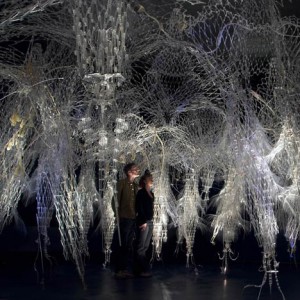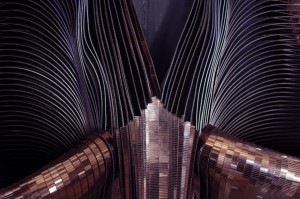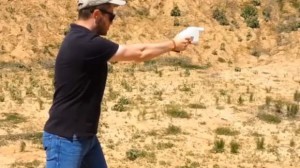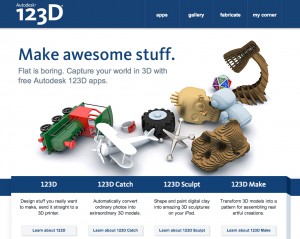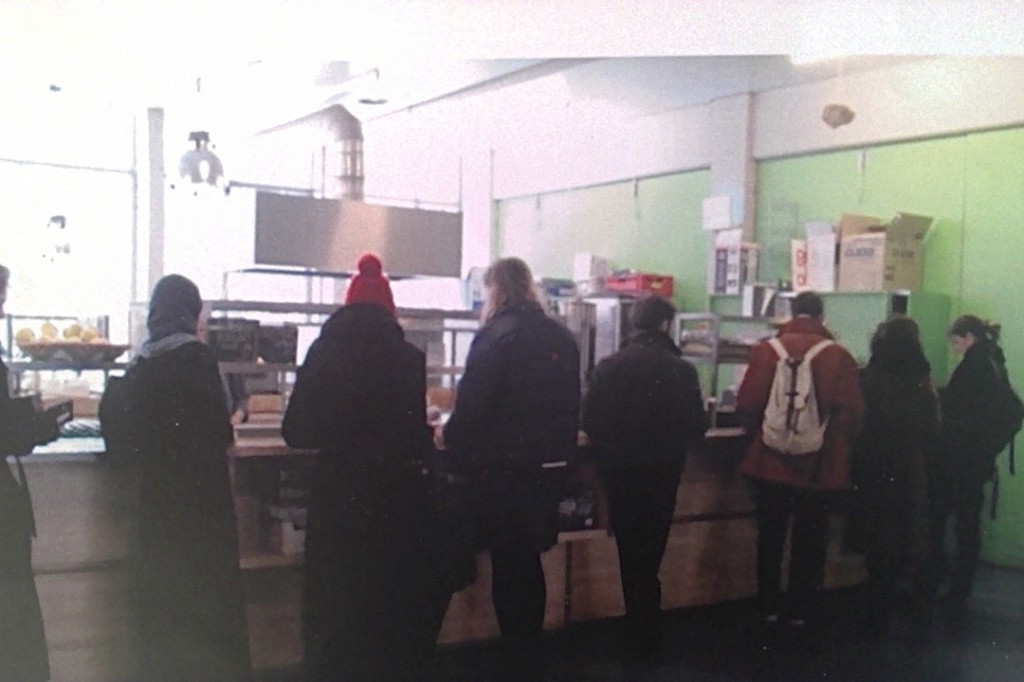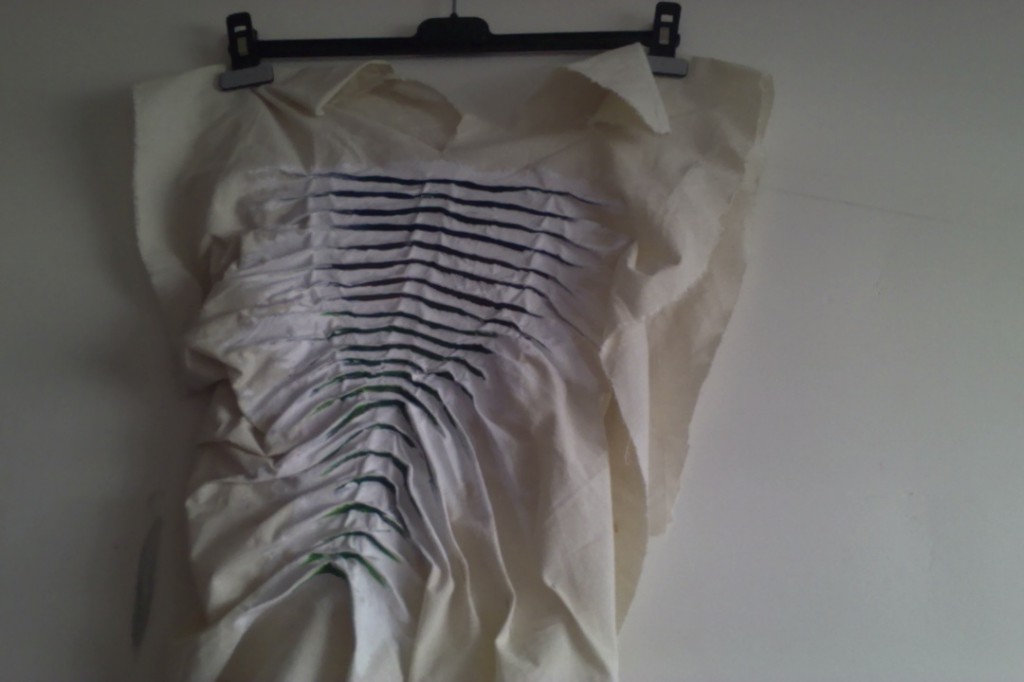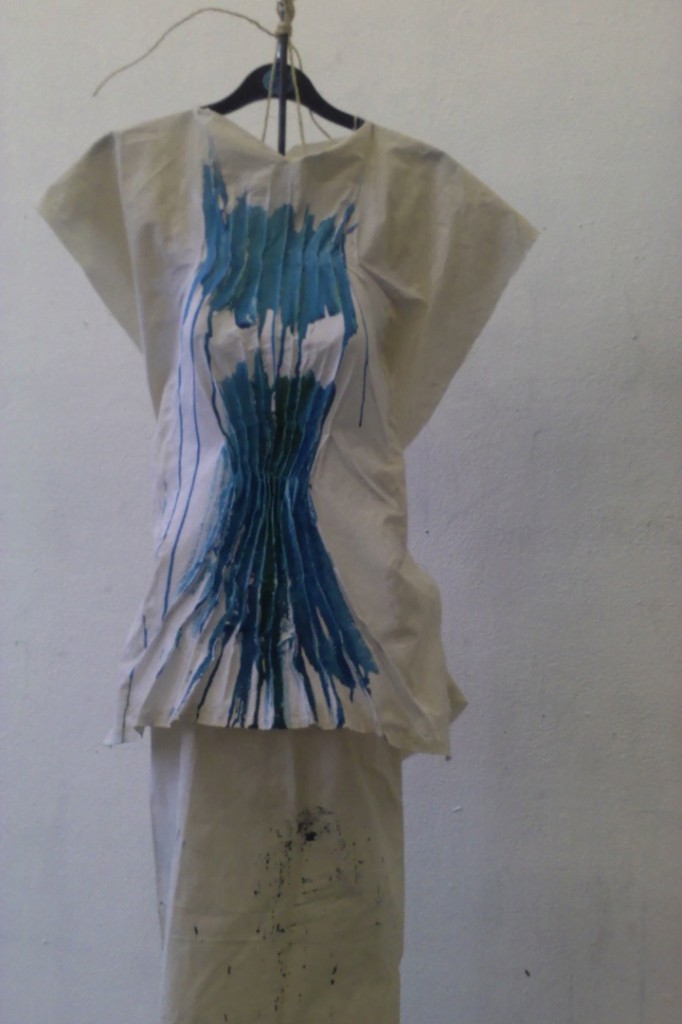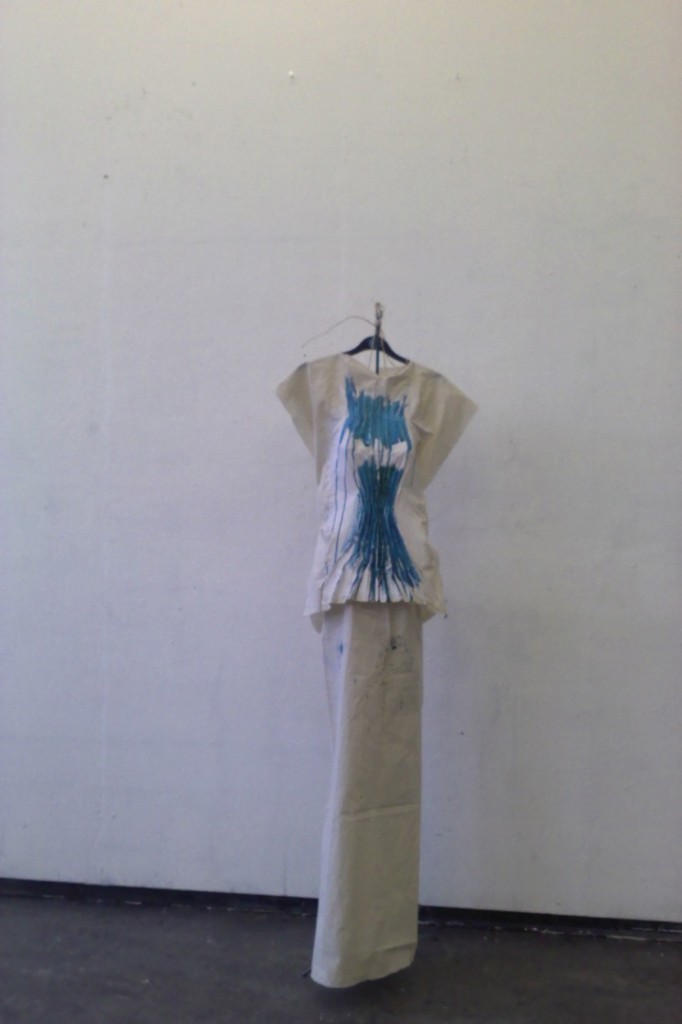Iris van Herpen’s dress the ‘Pythagoras tree’ was one of the first things I saw when I entered the Handmade exhibition at the Boijmans. The question: why is this in a handmade exhibition? Came to mind first. Right after my fascination for 3D printing was back again. Followed by a long stare at the dress, how did she do this? Of course some jealousy comes along too, with a dress like this, wishing I would have the skill yet to create it.
Van Herpen’s work, often described as “wearable sculpture”, fuses fashion with art.’’ My goodness how many times did I read this sentence when searching the web for more information about Iris van Herpen. Fuses fashion with art? So fashion isn’t art and sculpture is? The reason for me to place it within Design and not Art its because it is functional. Of course there are many opinions about, if van Herpen’s work is made to function as a Garment or not. But you can not deny that if you wanted to you can wear everything she creates. The “Pythagoras Tree” dress was made in collaboration with architect Julia Koerner. She studied architecture at the University of Applied Arts Vienna, Austria. A lot of her designs are produced from organic structures and compounds. She has worked on a 3Dprinted dress with van Herpen before. For this dress a Technique was used, known as ‘Mammoth Stereo lithography’. It is a 3D printing process in which the garment is built slice by slice from bottom to top, in a vessel of polymer that hardens when struck by a laser beam.
The collection Hybrid Holism by van Herpen is inspired by a work of the architect Philip Beesley , named Hylozoic Soil (2007). His work is about architecture not just being a space for people to exist in, but the architecture itself becoming a living being. When seeing Beesley’s work in general I can make a clear connection between the two. It feels like van Herpen want’s to recreate the aesthetics of the architecture into something wearable.
Philip Beesley- Hylozoic grounds
Iris van Herpen- Hybrid Holism
When we think of something being handmade, we mostly think of the past and the interaction between human and raw material. Nowadays the amount of handwork that is being made is becoming less and less .Also many different technique’s are being realized. Therefor you start questioning which technique’s are considered within the category Handmade. Van Herpen’s dresses are hard to define. They are definitely design because it is not only functional but they are clearly based on a concept as well. But she is not designing only, when trying to get the dress to function properly she is engaging herself in engineering. And many of the programs she work’s with to realize her garments are programs used more often by engineers then they are used by designers.
My fascination for 3D printing started a few years ago when I first heard about it. I knew it definitely was going to change everything from the moment it would be accessible for everyone. It would change our consumer society, and our view on authenticity. It may not have this impact quite yet, but it is coming soon. The way the development has quickly progressed is mind blowing. Lately a 3Dprinted gun has been making head lines in the USA and the The Netherlands too. A man from the USA managed to create a working gun and posted a YouTube video of it online. After this had been on the news everywhere, the HVA ( a university of Amsterdam) tried to reprint it, the did not manage to print it, because they were stopped. But it had made headlines in the Netherlands.
It always takes something shocking for people to realize how a certain technology has developed right under their noses. Another recent headline, was body parts being printed. A small boy Kaiba Gionfriddo, had a life threatening condition cured by having an artificial windpipe and an airway splint printed and inserted in his body. It is the first medical achievement concerning 3D printing. If they are able to print body parts already, I can’t imagine what they will be able to print in a few years. I might not ever have to give birth to child, I could just print one on my 3D printer.
Van Herpen makes use of both 3dprinting and handwork in one garment. This blurrs the line between hand or machine made. Why is it we value handmade things so much? Is it because of the society we live in, in which everything is mass produced? I think mass producing and machines are two words that obviously go together. Many handmade items are mass produced as well and are valued equally to the machine made products. So it’s all about authenticity. We human’s tend to like it when we own something no one else has. It makes us feel more important. This feeling is linked to the handmade products we value so highly from before the mass producing era. Van Herpen’s dress might not be handmade, but it is the only existing one so we value it the same as we value the handmade products at the exhibition. This made me think: I can change the value we give van Herpen’s dress, all i have to do is create a second one. Since the dress is 3D printed it should be possible to have an exact replica made. After a long but pointless search on the internet for the blueprint of the ‘Pythagoras tree’ dress, I came along an app called autodesk123D . The app is created to make 3D printing of existing objects easier, all you have to do is take 20-40 pictures of an object from different angles and it will create the 3D blueprint for you. Since I found out about this app too late it wasn’t possible for me to visit the Boymans again to take the pictures, and try out if it is possible to create an exact replica online. I guess i don’t have the skill to create a 3Ddress like van Herpen’s Pythagoras tree, but since I have 123Dapp I might have the skill to duplicate it.
If you are interested in 3D printing, and living in Amsterdam visit:
